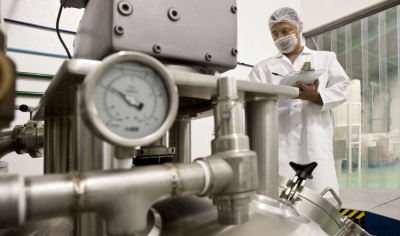Opinion
Vigilance is the best weapon against listeria

When we talk about listeria, we usually mean the five or six serotypes of Listeria monocytogenes implicated in food poisoning, rather than the seven serotypes and other 17 species not associated with human illness.
One prominent feature of listeria is the high mortality rate (typically around 25%) associated with infections, as it mainly attacks the vulnerable – for example, the young, elderly, immunocompromised and unborn.
Listeria’s natural and widespread occurrence in the environment exacerbates this and means foodstuffs sourced from the open environment – for example, salad, fruit, flour – will occasionally contain listeria, no matter how diligent the food producer is.
This has opened debate on whether ‘zero tolerance’, the approach used in the US, is realistic. Based on risk assessment data, the EU concluded that, for some ready-to-eat foodstuffs, a count of up to 100 L. monocytogenes per gram posed a low risk, while for others, ‘not detected in 25g’ across five samples was required. This is now part of EC Regulation 2073/2005 (amended). Whatever the approach, however, vigilance is paramount.
This is reflected in food producers adopting the ‘listeria control philosophy’, especially with ready-to-eat chilled products, including preventing its entry into factories, restricting harbourage, reducing cross-contamination and removing the bacterium.
Now, this has been extended into a Listeria Management Plan, which takes a holistic view of the product and processing environment, as well as listeria controls, testing and reporting, and actions following detection.
For instance, whole genome sequencing was used to trace ‘strains’ of listeria from patients to products, ingredients and factories in recent outbreaks involving frozen vegetables and sandwiches.
Vigilance, based on clear guidance and solid science, has to be the main weapon.















